Search for...
Gamification Bookmarks
Published Bookmarks
 Create Engaging eLearning Courses Using Gamification
Create Engaging eLearning Courses Using Gamification
Check out how to maximize learning outcomes only by implementing the so-called eLearning course gamification and help your learners feel more engaged than ever.
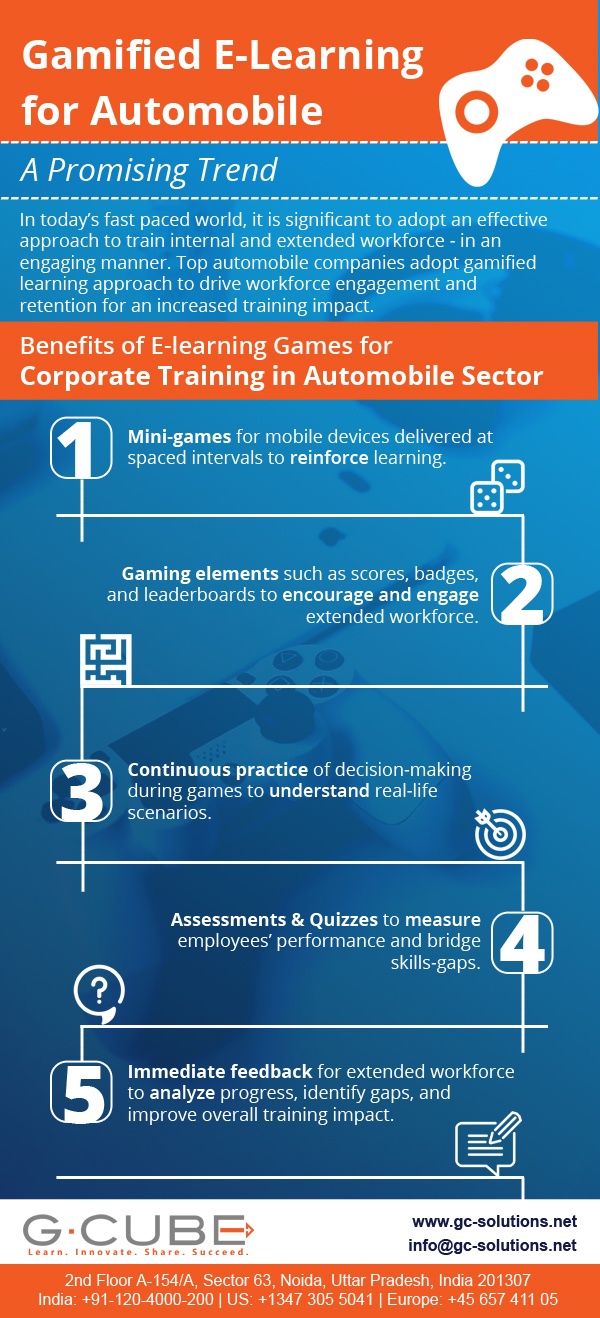

March 9, 2020
by
Anju Singh
Games in eLearning develop some sense of motivation and achievement through rewards, badges, assessments, and feedback.
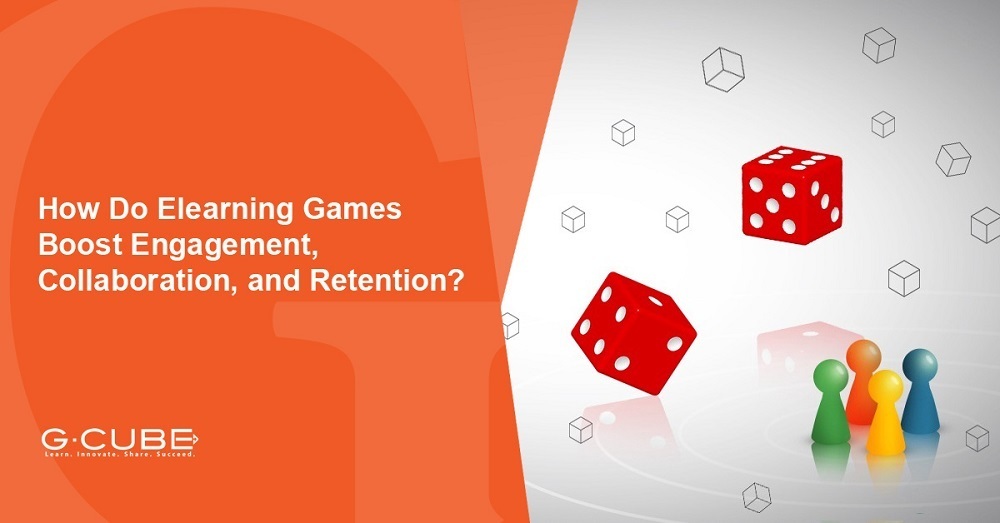

January 23, 2020
by
Anju Singh
eLearning games are gaining popularity as the new way of engaged learning for modern corporates. It aids trainers and educators to engage and encourage participants to access courses.
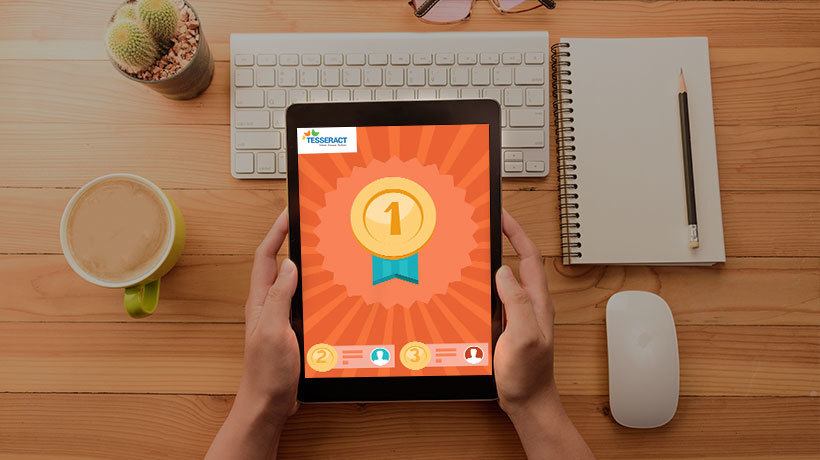 Unique Gamification Solutions For Better Learning Outcomes
Unique Gamification Solutions For Better Learning Outcomes
Looking for better learning outcomes by using gamification techniques? Read our article Unique Gamification Solutions For Better Learning Outcomes.
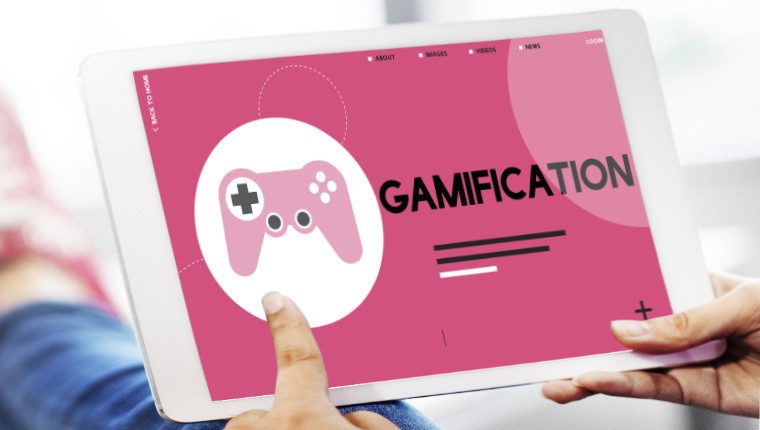 4 Common Misconceptions Of Gamification Dispelled
4 Common Misconceptions Of Gamification Dispelled
There are quite a few misconceptions surrounding eLearning gamification. Here’s an article that attempts to dispel the myths.


November 29, 2019
by
Aadit Vora
Leverage gamification in business to increase motivation and engagement among your employees. Let’s look at some benefits of using gamification in the workplace.


November 28, 2019
by
Anju Singh
Gamification is now a trending buzz which is why organizations are incorporating interactive gaming elements in their eLearning programs.
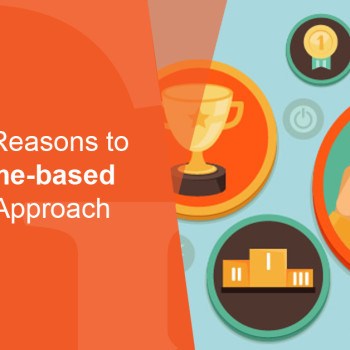

October 17, 2019
by
Anju Singh
Game-based learning is becoming one of the primary training tools in today’s digital environment. Games represent everything that is motivating from rewards and teamwork to fun to achievement.


July 18, 2019
by
Erica Dearn
We’ve seen a rapid increase in gamification and gamified learning, particularly in training and customer outreach. Despite this surge in popularity, games carry the stigma of being something that happens outside of work which makes it tricky to communicate their usefulness as a learning technology.


July 18, 2019
by
Asha Pandey
5 killer examples on how gamification in the workplace is reshaping corporate training.
Upcoming Gamification
Bookmarks All
Bookmarks All
Submit Bookmark







